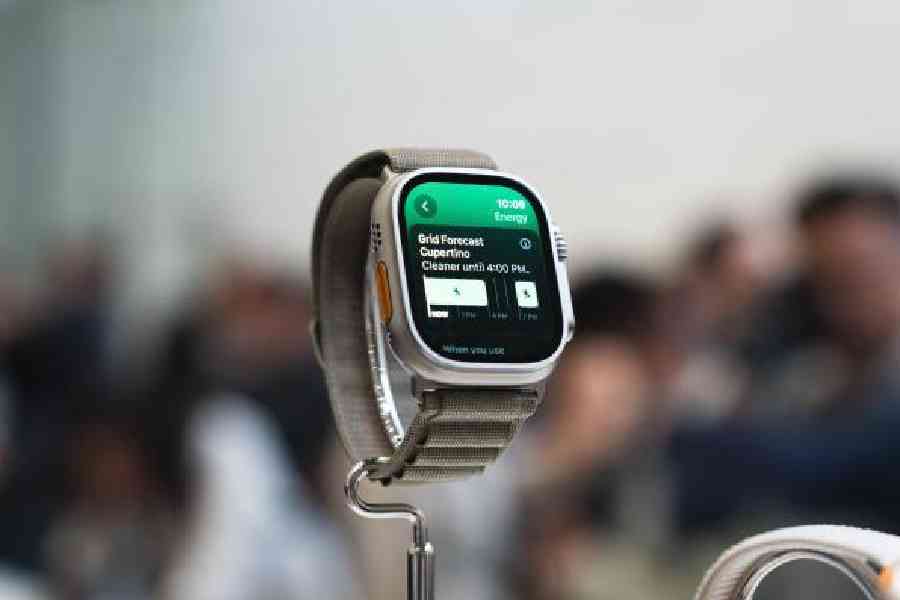Japanese electronic parts maker TDK has announced that it has made a breakthrough in materials used in its small solid-state batteries. The Apple supplier hopes there will be significant performance increases for devices from wireless headphones to smartwatches.
The Tokyo-based company said the material for its small solid-state batteries had an estimated energy density of 1,000 Watt hours per litre, which is around 100 times greater than the energy density of TDK’s conventional mass-produced solid-state battery.
A lot of research is going into solid-state batteries as these can store more energy than lithium-ion batteries and charge faster. According to CNBC, the batteries are expected to be produced with an all-ceramic material, with oxide-based solid electrolyte and lithium alloy anodes. Further, solid-state batteries are safer, cheaper and offer longer performance and faster charging.
The company said its objective is to use its technology to replace existing coin cell batteries, a small stainless steel disc that offers power to portable devices, in compliance with European Union battery regulations.
TDK, which was founded in 1935, became a household name as a top cassette tape brand in the 1960s and 1970s. It has 50 to 60 per cent global market share in the small-capacity batteries that power smartphones. First, new battery prototypes will be shipped to its clients next year and, hopefully, mass production will begin soon after that.











